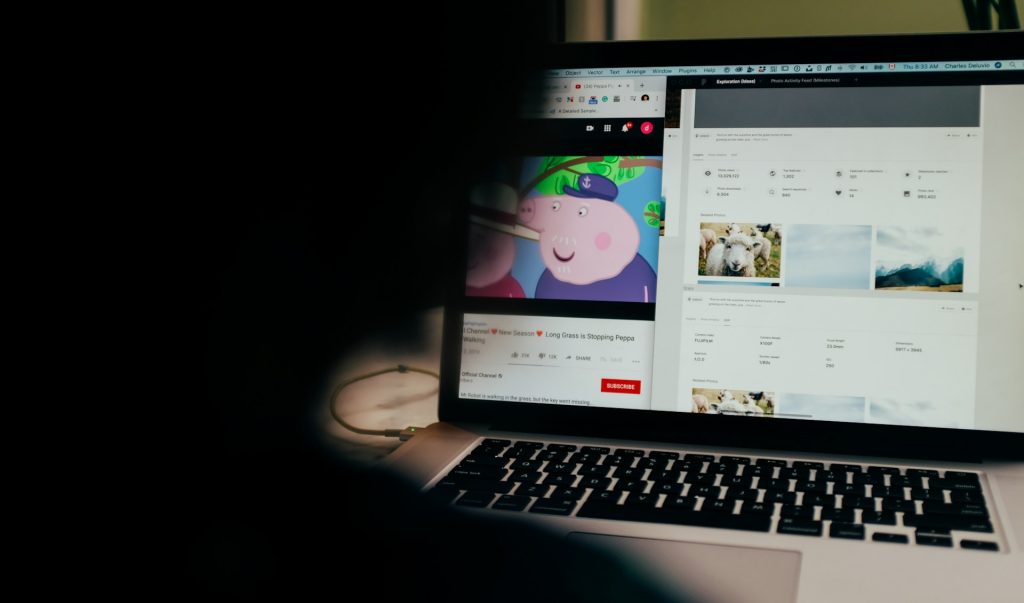
The Benefits of Long-Term Influencer Partnerships
Influencer marketing has become a powerful tool for brands looking to expand their reach and build trust with their target audience. While many brands engage influencers for one-off campaigns, there is a growing trend toward long-term influencer partnerships. These sustained collaborations can yield significant benefits, including enhanced brand loyalty, increased authenticity, and more effective marketing outcomes. In this blog post, we will explore the numerous advantages of long-term influencer partnerships, key steps to establish them, and best practices to maximize their impact.
Introduction to Long-Term Influencer Partnerships
Long-term influencer partnerships involve ongoing collaborations between a brand and an influencer over an extended period. Unlike short-term campaigns that might last a few weeks or months, these partnerships are built on a foundation of mutual trust, shared goals, and sustained engagement. By consistently working together, brands and influencers can create a more authentic and relatable narrative that resonates with the audience.
Why Long-Term Influencer Partnerships Matter
- Consistency and Trust: Consistent messaging from trusted influencers helps reinforce brand values and build a loyal following.
- Authenticity: Long-term partnerships allow influencers to integrate the brand more naturally into their content, enhancing authenticity.
- Deeper Audience Connection: Repeated exposure to the brand through a familiar influencer can lead to stronger emotional connections and increased brand loyalty.
- Improved ROI: Long-term collaborations often lead to better financial terms and more effective marketing results due to the influencer’s deeper understanding of the brand.
Key Steps to Establish Long-Term Influencer Partnerships
1. Identify the Right Influencers
Finding the right influencers is crucial. Look for influencers whose values, audience, and content style align with your brand. Tools like BuzzSumo, Influencity, and HypeAuditor can help identify suitable influencers.
2. Build Genuine Relationships
Start by engaging with potential influencers on social media, commenting on their posts, and sharing their content. Building a genuine relationship lays the groundwork for a successful partnership.
3. Define Clear Objectives
Set clear, measurable goals for the partnership. These could include increasing brand awareness, driving website traffic, or boosting sales. Clearly defined objectives ensure both parties are on the same page.
4. Create a Mutually Beneficial Agreement
Develop a partnership agreement that outlines the scope of work, expectations, compensation, and duration of the collaboration. Ensure the terms are fair and beneficial for both parties.
5. Foster Ongoing Communication
Maintain regular communication with the influencer to discuss campaign performance, provide feedback, and make necessary adjustments. Open communication helps build a strong, collaborative relationship.
Strategies and Techniques for Long-Term Success
1. Co-Create Content
Collaborate with influencers to create engaging content that resonates with their audience. Co-creation ensures the content feels authentic and aligns with both the brand’s and the influencer’s voice.
2. Utilize Multiple Platforms
Expand the partnership across multiple platforms such as Instagram, YouTube, TikTok, and blogs. Diversifying the platforms helps reach a broader audience and increases brand visibility.
3. Leverage Influencer Insights
Influencers often have valuable insights into their audience’s preferences and behaviors. Use this information to refine your marketing strategies and create more targeted campaigns.
4. Offer Exclusive Opportunities
Provide influencers with exclusive access to new products, behind-the-scenes content, or special events. Exclusive opportunities make influencers feel valued and encourage them to promote your brand more passionately.
5. Track and Measure Performance
Regularly monitor the performance of influencer campaigns using tools like Google Analytics, Sprout Social, and Influencer.co. Track key metrics such as engagement rates, website traffic, and conversions to measure success.
Tools and Resources for Effective Partnerships
- BuzzSumo: Identify and analyze top influencers in your industry.
- Influencity: Comprehensive influencer marketing platform for finding and managing influencers.
- HypeAuditor: Provides detailed insights and analytics on influencer performance.
- Sprout Social: Social media management tool for tracking engagement and campaign performance.
- Google Analytics: Monitor website traffic and conversions from influencer campaigns.
Integrating Long-Term Influencer Partnerships with Other Marketing Efforts
1. Align with Content Marketing
Integrate influencer-generated content into your broader content marketing strategy. Use influencer content in blog posts, newsletters, and social media to create a cohesive brand narrative.
2. Combine with Paid Advertising
Amplify the reach of influencer content through paid advertising. Promote influencer posts on social media platforms to reach a larger audience and drive more engagement.
3. Leverage Email Marketing
Include influencer content in your email marketing campaigns to add authenticity and engage your subscribers. Share influencer stories, product reviews, and exclusive offers.
4. Integrate with SEO Strategy
Optimize influencer content for SEO by including relevant keywords and links back to your website. High-quality, keyword-rich content can improve your search engine rankings and drive organic traffic.
Measurement and Analysis of Success
1. Define Key Metrics
Identify key performance indicators (KPIs) such as engagement rates, reach, website traffic, and conversions. Clear metrics help measure the success of the partnership.
2. Use Analytics Tools
Utilize analytics tools like Google Analytics, Sprout Social, and BuzzSumo to track and measure the performance of influencer campaigns. These tools provide valuable insights into audience behavior and campaign effectiveness.
3. Monitor Engagement
Track engagement metrics such as likes, comments, shares, and mentions. High engagement indicates that the influencer’s audience is resonating with the content.
4. Assess ROI
Calculate the return on investment (ROI) by comparing the cost of the partnership to the revenue generated from the influencer’s efforts. A positive ROI indicates a successful collaboration.
Best Practices for Long-Term Influencer Partnerships
1. Prioritize Authenticity
Ensure that influencer content feels genuine and aligns with their usual style. Authenticity is key to building trust with the audience.
2. Encourage Creative Freedom
Allow influencers creative freedom to showcase your brand in their unique way. Their creativity and authenticity will resonate more with their audience.
3. Maintain Transparency
Be transparent with influencers about your goals, expectations, and compensation. Transparency fosters trust and strengthens the partnership.
4. Provide Timely Feedback
Offer constructive feedback and recognize the influencer’s efforts. Timely feedback helps improve content quality and performance.
5. Adapt and Evolve
Stay flexible and adapt your strategy based on campaign performance and feedback. Evolving your approach ensures the partnership remains effective and relevant.
Real-World Examples and Case Studies
Case Study 1: Glossier and Influencer Partnerships
Glossier, a beauty brand, has successfully built its reputation through long-term influencer partnerships. By collaborating with micro-influencers who genuinely love their products, Glossier has created an authentic and relatable brand image. These sustained partnerships have led to increased brand loyalty and significant growth in sales.
Case Study 2: Daniel Wellington’s Influencer Strategy
Daniel Wellington, a watch brand, leveraged long-term influencer partnerships to become a globally recognized name. By working with influencers across various platforms, the brand achieved consistent visibility and engagement. This strategy not only boosted sales but also strengthened the brand’s presence in the competitive market.
Conclusion
Long-term influencer partnerships offer numerous benefits, from building trust and authenticity to driving better marketing outcomes. By following the key steps to establish these collaborations, leveraging effective strategies, and integrating them with other marketing efforts, brands can create a powerful and sustainable influencer marketing strategy. Remember to prioritize authenticity, maintain open communication, and continuously measure and adapt your approach for long-term success. With the right influencers and a well-executed plan, your brand can achieve remarkable results and build lasting connections with your audience.

